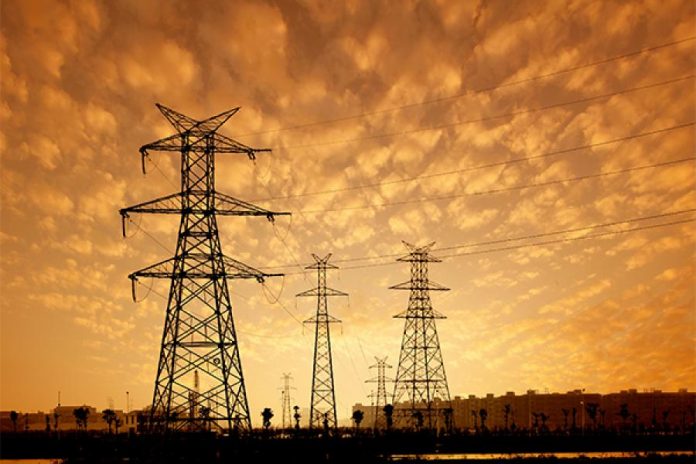There is a decreased demand in the power distribution sector due to the absence of cost-reflective tariffs, very high operational expenditures, delays occurred in receipt of subsidy from the government and huge AT & C losses where AT&C loss is the sum total of the commercial and technical losses and deficiency due to the non-realization of billed sum, everything collectively has become the reasons for pressure in finances of state distribution facilities over time.
The financial issues faced by power distribution companies may not settle in the near future due to the cash flow problems for DISCOMS and that they have further elevated to the downfall in power demand and interruptions in billing and collections. The dues of DISCOM to the power generators amplified to Rs 1.19 lakh crores in June 2020, which is a 22 per cent hike from February 2020 and a 63 per cent upsurge from June 2019 reported by Care ratings citing PRAAPTI.
Substantially, the heavy push in outstanding debts of DISCOM’s is due to the national wide lockdown in the months of March, April, May and June along with the recurrent and irregular lockdowns in various states. The total unsettled dues payable to the power generators of seven states is accounted for 82 per cent alone. As of June 2020, the dues were the maximum for the DISCOM’s of Rajasthan (Rs 34,971 crores), Tamil Nadu (Rs 18,077), Uttar Pradesh (Rs 13,694 crores), Maharashtra (Rs 11,399 crores), Telangana (Rs 7,180 crores), Karnataka (Rs 6,393 crores), and Jammu & Kashmir (Rs 5,865 crores).
The report gives a clear idea about the reasons for which the power distribution companies are facing financial pressures. The AT & C losses of the DISCOM’s are at 20.22 per cent at all India level which can be understood a significantly higher level than the goal of limiting the losses to 15 per cent by FY 2019. When the ACS-ARR gap (Average Cost of Supply and Average Revenue Realised) is analysed at the national level it is Rs 0.44 per unit which is again opposite to the target of elimination of the gap by FY 2019. As the economic activity is at a standstill in India, the power sector also feels a subdue in the current fiscal and there has been an improvement in electricity generation and consumption, the sustainability would be depending on the ease of restrictions and resumption of all economic activities reported by Care ratings.

